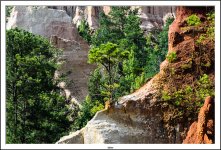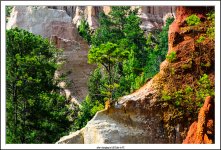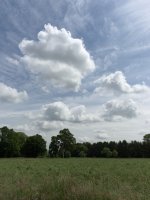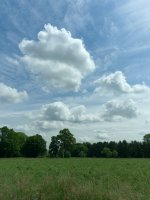Bourbon Neat
Senior Member
Stumbled upon this article and felt it worth sharing.
How to Use LAB Color in Photoshop to Add Punch to Your Images
How to Use LAB Color in Photoshop to Add Punch to Your Images


As with everything I read here thats looks interesting I try it out and see how I like it. So I did. here are a before and after. This was shot a long time ago with my D5100 and 18-105 lens. No corrections other than following the directions exactly in the article.
Here is before
View attachment 160518
Here is after
View attachment 160519
No tweaking at all. Just put the sliders exactly where the article stated. Was easy and fast even though I was having to read and was playing with some new things I had never done before so I had to find a few things. Easily repeatable.
Those are actually closer to the colors in that area though. Red clays and sand.
It is pretty vivid? The picture looks like it might have already been in Picture Control Landscape or Vivid before?
Try from the original again, staying in RGB mode, but use the Photoshop Hue/Saturation tool (same Adjustments menu with Curve), and simply increase the Saturation to about 25 or 30... And compare. Just to make the point.
The procedure in the Lab article boosts saturation of the greens and magentas, and also saturation in the blues and yellows, which is all four axes, all points of the compass.I think the Saturation tool does it across the board too, probably in the same way inside. Hue/Saturation/Brightness is the HSB system, which is somewhat similar to Lab (at least the L channel is in common, independent of color).
The curve end points moved that way do the same thing as the Levels endpoints (levels is just marked 0..255). Lab a and b are just not affecting brightness like RGB Curve or Levels would. But in Lab, the a and b channels work the same.
And the White Balance Temperture/Tint sliders do exactly the same as this Lab tweak (they are the a and b channels), a Lab tool in RGB (because WB is Lab, it is the same thing). WB just does not mark equal increments from the ends like the Lab Curve tool does. Of course, Equal at both ends has no justification in reality, color being what it is, probably not oriented to our tool. It's just in Lab no color cast is added if equal in a and b. I'm thinking WB is a more useful thing to learn overall, but we can't set WB in equal amounts at both ends of the scale.
Moving the channel end points of channel a makes it more green or more magenta, but doing both the ends equally balances that color cast, and just leaves it more vivid. Any steeper curve is more contrast. The end points of b is the same with yellow and blue.
FWIW, if interested in Lab, Dan Margulis was an early guru (one of the first members to the Photoshop Hall of Fame), and a big proponent of using Lab to correct color in professional CMYK prepress work. CMYK is pretty hard on RGB monitors with RGB tools. One of his books is Professional Photoshop 5 (1998 - 5th Edition 2006), which may still be the best book on color correction. There are many used copies available on Amazon for about $13 total.


